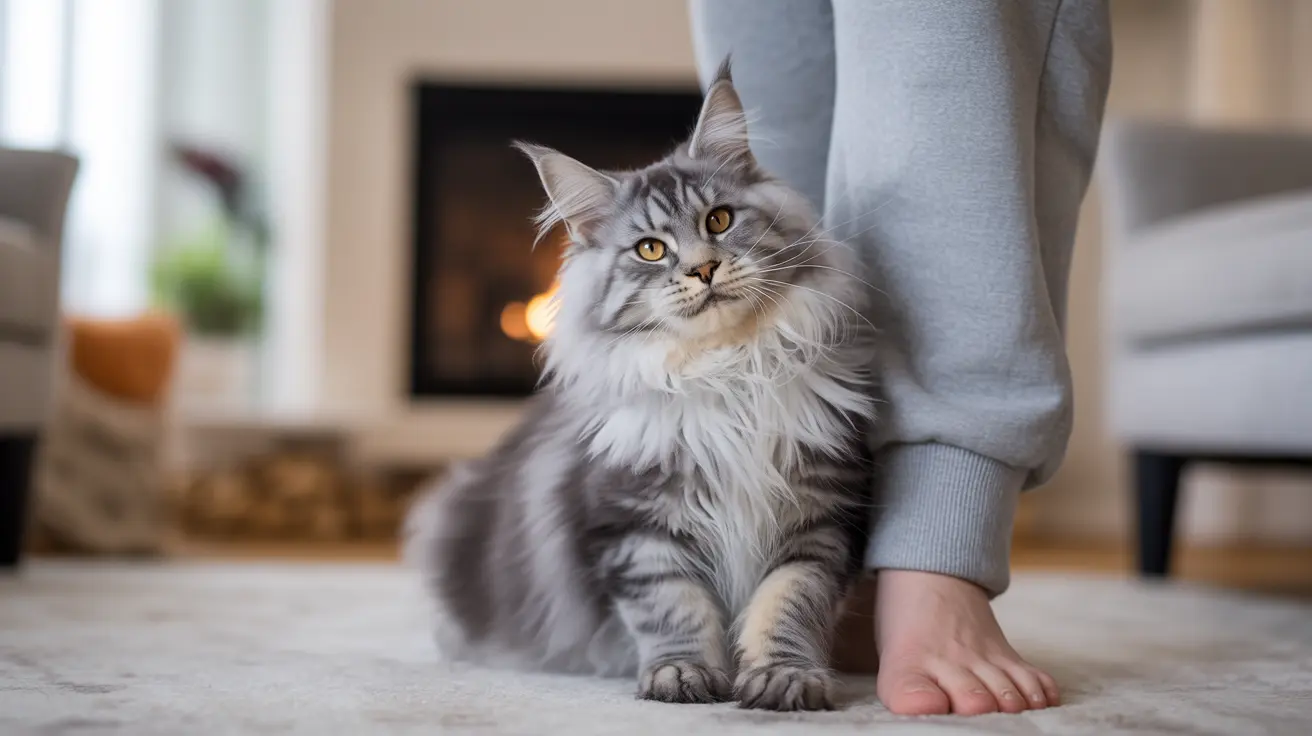The Science Behind Cat-Human Relationships
Research shows that cats don't simply view humans as larger cats or mere food providers. Instead, they recognize us as distinct social partners who can offer both physical and emotional support. Studies have found that cats form genuine emotional attachments to their human caregivers, similar to the bonds observed in human infants and dogs.
Interestingly, cats have developed specific behaviors and communication methods exclusively for interacting with humans. This adaptation suggests they've evolved to understand and connect with us in unique ways.
How Cats Communicate Their Feelings Toward Humans
Cats use a sophisticated combination of vocalizations, body language, and physical contact to express their thoughts and feelings about humans. The familiar "meow" is particularly noteworthy, as adult cats rarely use this vocalization with other cats – it's a special form of communication reserved almost exclusively for humans.
Physical Signs of Affection
When cats feel positively about their human companions, they display several distinctive behaviors:
- Head bunting and rubbing against legs
- Kneading with their paws
- Presenting their tail held high with a slight curve
- Offering slow blinks (often called "cat kisses")
- Following their chosen humans from room to room
The Emotional Bond Between Cats and Humans
Scientific studies have shown that approximately 65% of cats form secure attachments to their human caregivers. This bond is demonstrated through increased oxytocin levels during positive interactions and specific behavioral patterns when reuniting after separation.
Cats can also pick up on their owners' emotional states and may adjust their behavior accordingly. Some cats even display empathetic behaviors, offering extra attention and affection when their humans are feeling down or unwell.
Social Intelligence and Recognition
Contrary to popular belief, cats possess remarkable social intelligence when it comes to human interaction. They can:
- Recognize their owner's voice among strangers
- Understand human pointing gestures
- Remember past experiences with specific individuals
- Interpret human facial expressions and body language
- Respond to their names (when they choose to)
Frequently Asked Questions
How do cats perceive humans differently from other cats?
Cats view humans as unique social partners rather than fellow cats. They've developed specific behaviors and communication methods just for human interaction, while maintaining distinct social patterns for cat-to-cat relationships.
Why do cats meow only at humans and not at other cats?
Adult cats primarily meow at humans because they've learned it's an effective way to communicate with people. This vocalization is rarely used between adult cats and represents a special adaptation for human interaction.
Can cats recognize their owners by voice, scent, or sight?
Yes, cats can recognize their owners through multiple senses. They're particularly adept at identifying familiar voices and scents, and can distinguish their owners' faces from those of strangers.
What body language or behaviors show that a cat trusts or feels bonded to a human?
Signs of trust and bonding include slow blinking, exposing their belly, relaxed body posture, tail held high with a slight curve, and seeking physical proximity through rubbing or cudding.
How do cats respond emotionally to their owners' moods and actions?
Cats can detect and respond to their owners' emotional states, often showing increased affection during times of stress or sadness. They may mirror their owner's energy levels and adjust their behavior based on their human's mood.
Conclusion
The way cats think about humans is a beautiful blend of instinct, adaptation, and genuine emotional connection. While they maintain their independent nature, cats have developed sophisticated ways to interact with and understand their human companions. This unique relationship continues to evolve, making the bond between cats and humans one of the most intriguing interspecies connections in the animal kingdom.






